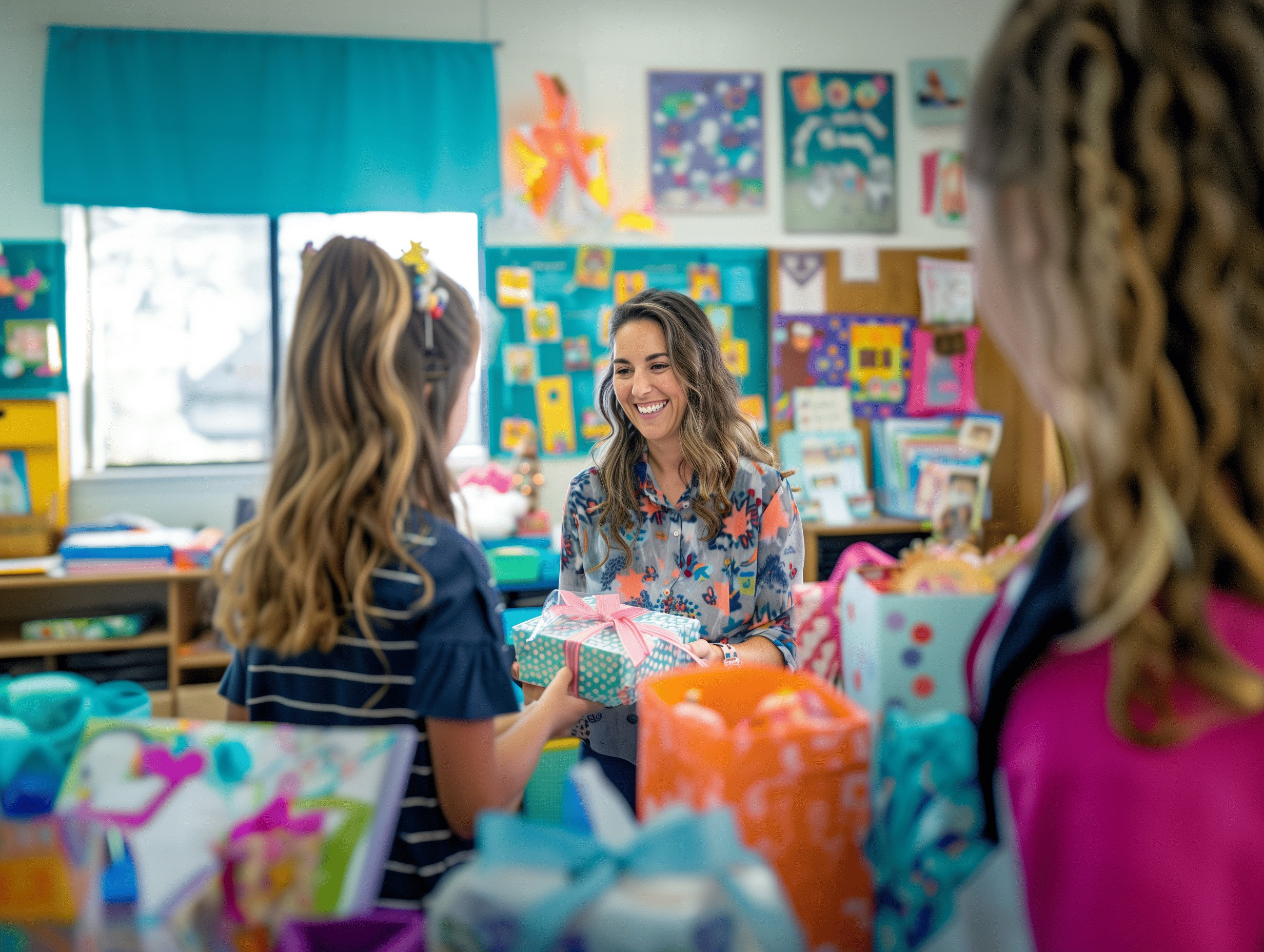Strategies for Drug-Exposed Kids
Ms. Ellie Giles is an educational and management consultant. She is known for work with behavior-disordered and drug-exposed kids. Questions for Thought: 1. How can environmental modification affect drug-exposed kids? 2. What are some of the strategies for teaching self-monitoring? I. Cory's World II. Environmental Modifications
-
Movable equipment and materials
- Removed to reduce stimulation
- Added to enrich an activity
-
Structure and organization
- Encourages interaction
- Promotes self-organization skills
-
Establish routines
- Structured and constant
- Predictable
- Clearly defined
- Making transitions
- Remain alert
- Intervene quickly
- Model effective communication
- Notice directions
- Check for understanding
- Define the behavior
- Observe and record behavior
- Set goals
- Disctiss motivators
- Select procedures
- Rehearse
- Include all participants
TEACHING DRUG-EXPOSED CHILDREN
I. Characteristics of Drug-Exposed Children
- Highly distractible
- Demonstrate difficulty communicating
- Directions repeated
- Tend to frustrate easily
- In constant motion
- Prone to violent rages
- Cry frequently
- The classroom should have movable materials and equipment which can be easily removed to reduce stimulation, or added to enrich an activity.
- The classroom should have a structure and organization which encourages student interactions with that environment and also promotes self-organization skills.
- Routines should be established which are structured, constant, predictable, and clearly defined.
-
Define the behaviors:
- behaviors that can be seen, heard, or touched
- definitions should refer to directly observable actions
-
Observe and record the behaviors:
- establish pafferns or stages of response
- Conference with your student
-
Establish a goal:
- Student must recognize behaviors and respond to them in an acceptable manner
-
Discuss types of motivators:
- Things that went well with your student
-
Select teaching procedures:
- How will you teach recognition and response?
-
Rehearse and role play:
- Involve everyone
- Plan for possible obstacles
-
Include all participants:
- parents and other teachers
-
Monitor and collect data:
- allows you to modify the plan over time
- as each strategy is mastered, supports are removed and independence is encouraged
| For more information |
| Teacher's Workshop 1250 Overlook Ridge Bishop, GA 30621 |
| Call: 1-800-991-1114 |
| Email us at: [email protected] |



